10 Minutes
Scientists reanalyzing archival data from NASA’s Cassini spacecraft have uncovered fresh, compelling evidence that Saturn’s tiny moon Enceladus is producing complex organic molecules. The new findings, based on ice grains captured directly from the moon’s south-pole plumes, strengthen the idea that Enceladus hosts active chemistry in its hidden ocean — chemistry that could lead toward the building blocks of life.
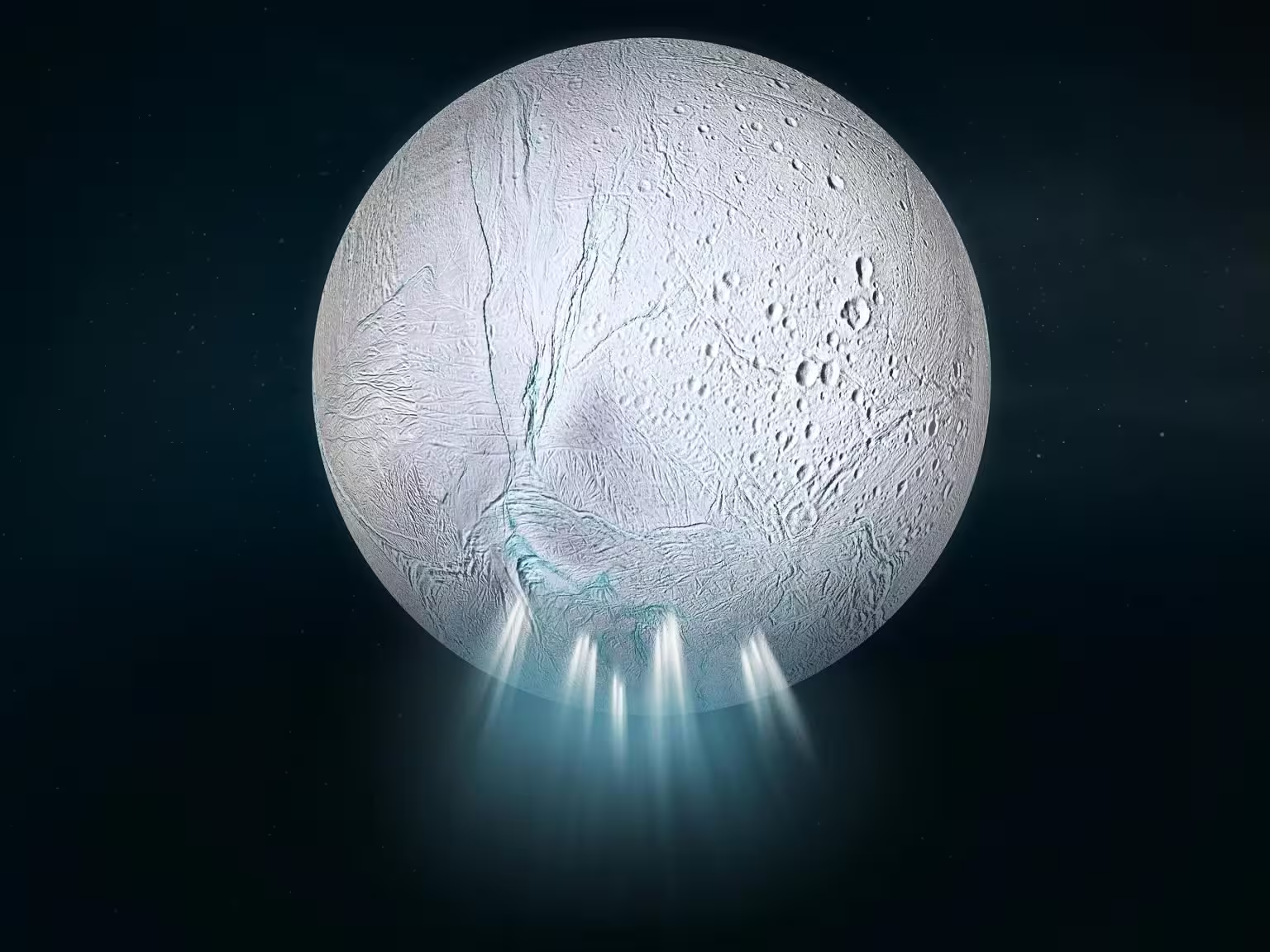
This artist’s impression shows Saturn’s icy moon Enceladus. With a frozen surface covering a deep ocean, Enceladus is a fascinating target to search for signs of habitability elsewhere in our Solar System. Jets of water burst from cracks close to the moon’s south pole, shooting ice grains into space. These ice grains carry organic molecules from Enceladus’s underground ocean, some of which are complex enough to reveal that advanced chemistry is taking place inside this ice world. Credit: Graphic composition: ESA; Surface: NASA/JPL-Caltech/Space Science Institute/Lunar and Planetary Institute
A hidden ocean and a plume that speaks
Enceladus is a small, icy moon but it punches far above its weight when it comes to astrobiological promise. Since Cassini first revealed plumes of water vapor and ice blasting from fractures near the south pole in 2005, researchers have been treating those jets as a direct sampling window into the moon’s subsurface ocean. Particles emitted in the plumes feed Saturn’s E ring and carry dissolved salts, simple organics, and other tracers from beneath the ice shell.
Cassini’s suite of instruments sampled this material in situ during multiple flybys. Early work already showed a rich mix of molecules and salts consistent with an ocean in contact with a rocky seafloor — a context where hydrothermal activity and active chemistry could supply energy and chemical gradients useful for life. But a persistent question remained: how much of the organic inventory seen in the E ring was altered by long exposure to radiation and sunlight, and how much was freshly sourced from the ocean itself?
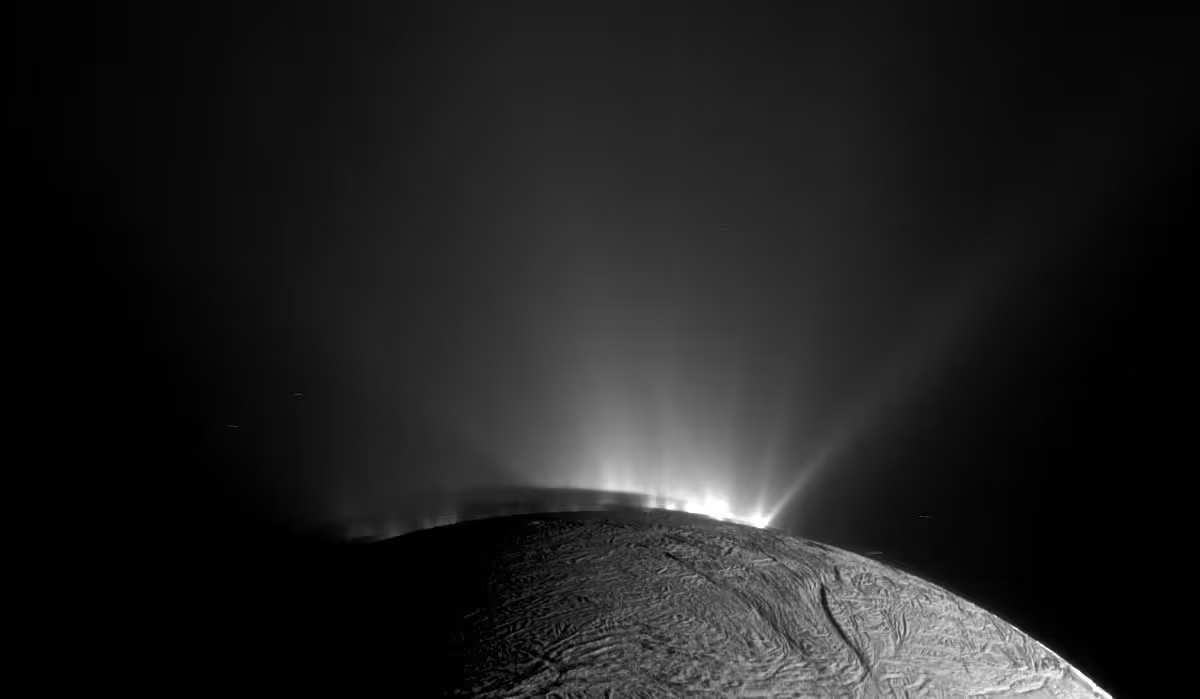
Cassini image looking across the south pole of Saturn’s icy moon Enceladus on November 30, 2010. Jets of water from the moon’s underground ocean are visible bursting through cracks in the ice. Credit: NASA/JPL-Caltech/Space Science Institute
Catching fresh ice: why speed mattered
To answer that question, researchers turned back to a dramatic encounter recorded in 2008. On that flyby Cassini flew straight through the active plume and its instruments were struck by ice grains that had been ejected only minutes earlier. Those grains hit the Cosmic Dust Analyzer (CDA) at roughly 18 kilometers per second — the fastest, freshest samples ever recorded by the mission.
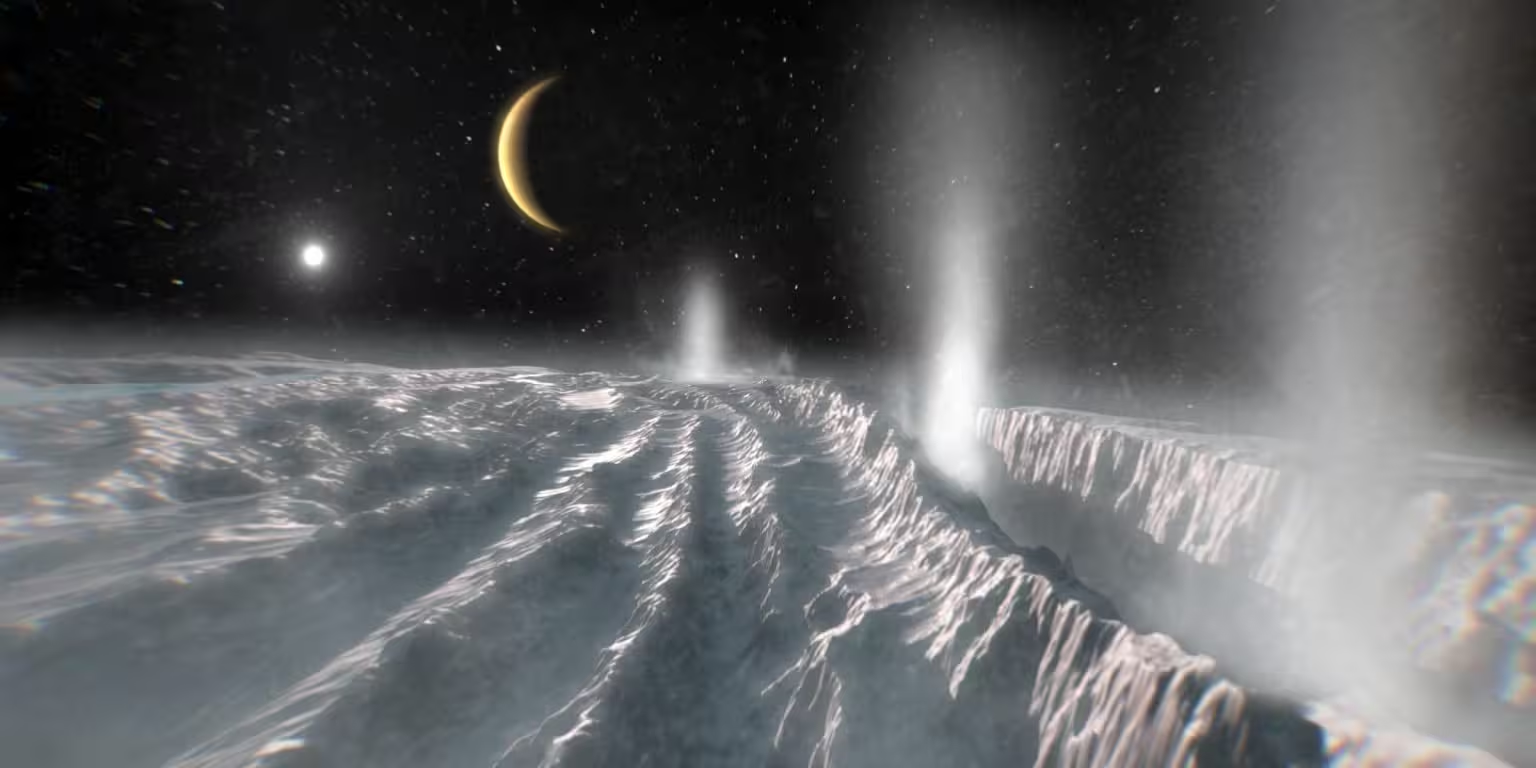
This artist’s impression depicts thermal jets venting through the icy surface at the southern polar region of Saturn’s moon Enceladus. Credit: ESA/Science Office
The impact speed is not a trivial detail. At lower speeds, ice tends to fragment and water molecules cluster, masking some of the weaker signatures from organic components. When grains hit fast enough, those clusters break differently and the instrument can detect molecular fragments that would otherwise be hidden. In short, the 2008 encounter offered a clearer chemical snapshot of material that had spent almost no time exposed to space weathering.
Instrument note: Cosmic Dust Analyzer (CDA)
The CDA was designed to record the mass and composition of individual dust and ice grains. By measuring impact ionization products and timing, the instrument provides a chemical fingerprint for particles encountered in space. The new study revisited CDA records with modern analysis techniques and an improved understanding of how impact speed alters detected signals.
New molecules from a familiar ocean
Applying those refined techniques, the research team identified both expected and surprising results. Molecules previously seen dispersed throughout the E ring were present in the fresh plume grains — confirming they are synthesized and supplied by Enceladus’s ocean rather than being produced later in the ring. More strikingly, the team detected molecular fragments that had never been observed before in Enceladus ice.
Among the newly identified fragments were signatures consistent with aliphatic chains, heterocyclic ester or alkene structures, and ethers or ethyl groups. The analysis also tentatively suggests nitrogen- and oxygen-bearing compounds. For chemists this is significant: these functional groups are common intermediates in pathways that can form amino-acid precursors and other biologically relevant molecules.
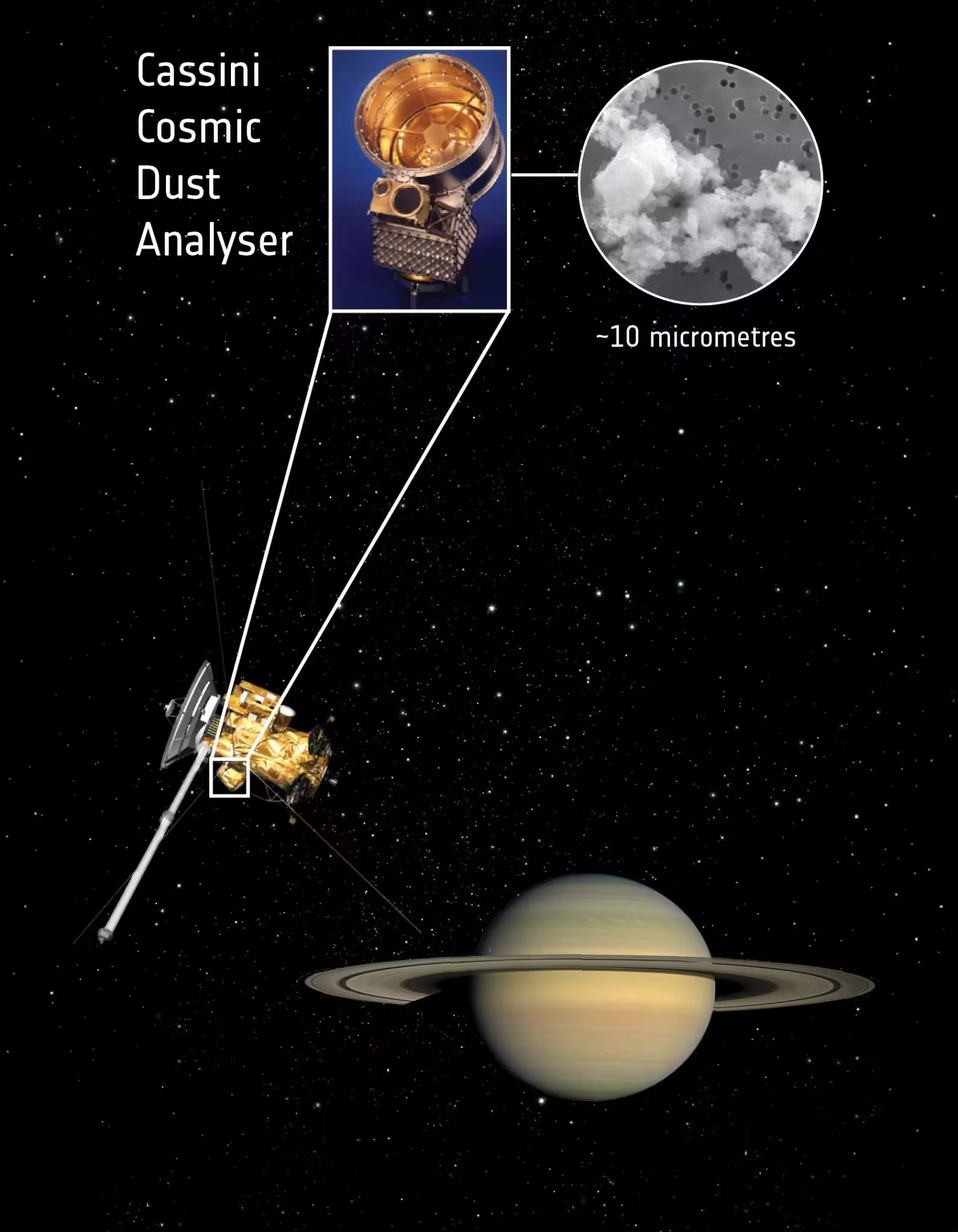
Artist impression of the Cassini spacecraft with Saturn (not to scale), with the Cosmic Dust Analyser highlighted. Credit: ESA; dust grain inset: NASA/JPL; Saturn image: NASA/JPL/Space Science Institute
On Earth many of these same molecular classes participate in stepwise reactions that build up more complex organics. Their presence in Enceladus plume ice therefore raises the chances that the moon’s ocean hosts the kind of progressive organic chemistry that can lead toward prebiotic compounds. As the study’s lead analyst notes, there are multiple conceivable chemical pathways from the detected fragments to larger, life-relevant molecules.
Evidence for active chemistry, not just space weathering
Co-author Frank Postberg and the broader team emphasize that finding these organics in freshly ejected material proves they are not an artifact of long-term exposure in Saturn’s E ring. Instead, these compounds appear to be produced and present in the ocean itself, available to be entrained in plume ice and flung into space. That distinction matters for astrobiology: it indicates ongoing interior processes rather than passive surface alteration.
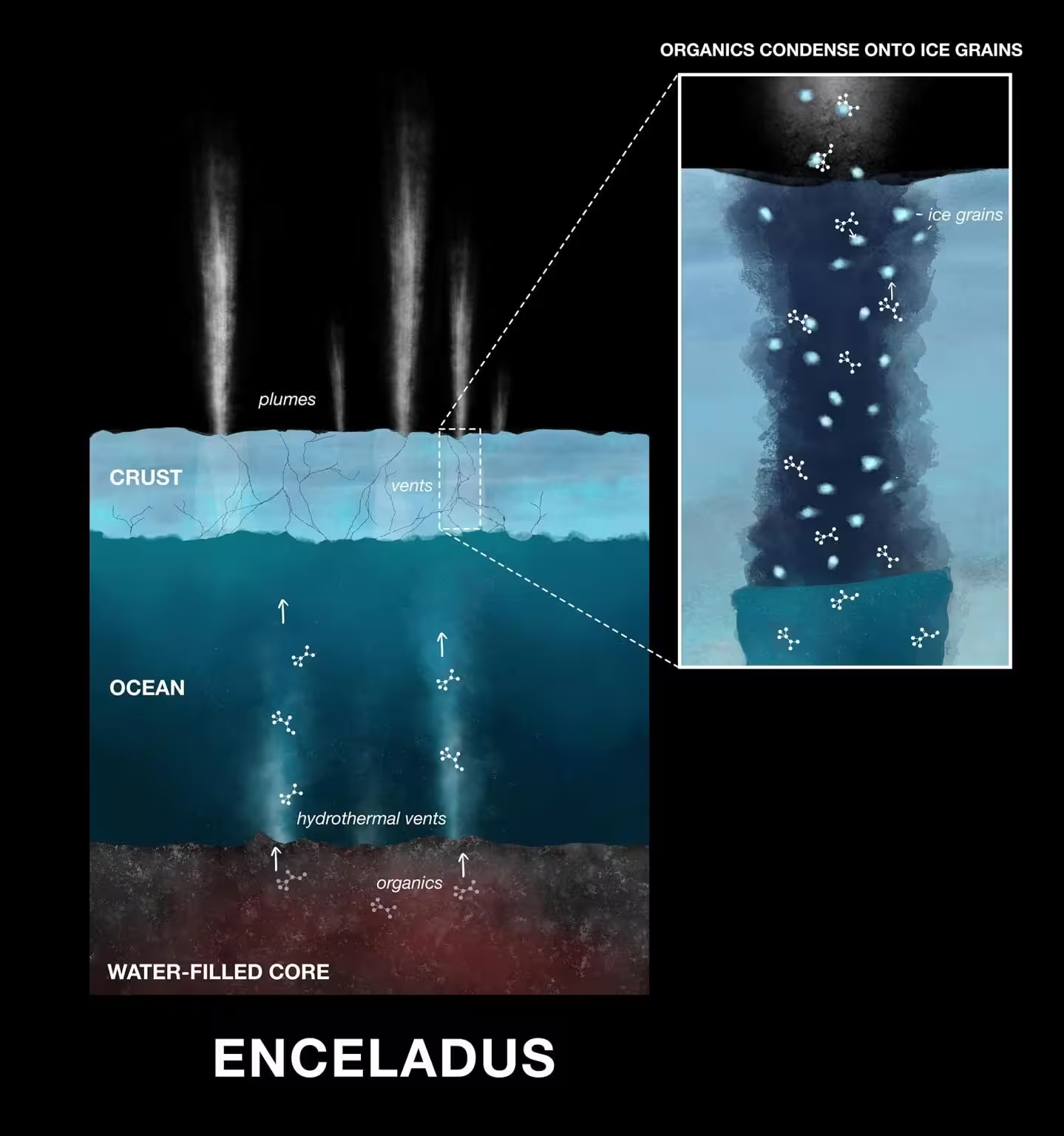
Organic compounds in Enceladus ice grains. This illustration shows the process of light, soluble, and reactive organic compounds making their way onto ice grains emitted in jets of water from Saturn’s moon Enceladus, where they were detected by the Cassini spacecraft. Credit: NASA/JPL-Caltech
The interpretation aligns with other Cassini-era observations — salts, molecular hydrogen, and thermal measurements — that point to a hydrothermally active seafloor. Hydrothermal vents could provide both chemical energy and catalytic surfaces needed to drive complex organic reactions. If such processes are occurring, Enceladus combines the classic requirements for habitability: liquid water, a source of energy, an inventory of essential elements, and a diverse organic chemistry.
Returning to Enceladus: mission plans and scientific priorities
These results arrive at an opportune moment for mission planning. The European Space Agency and other groups have identified Enceladus as a high-priority target for future exploration. Studies for a potential large-class ESA mission are underway, with concepts ranging from multiple plume flythroughs to a lander that could sample surface deposits near the south pole. Instruments on a next-generation spacecraft would be chosen to expand on Cassini’s discoveries, using modern mass spectrometers, microfluidic analyzers, and contamination-controlled sampling systems.
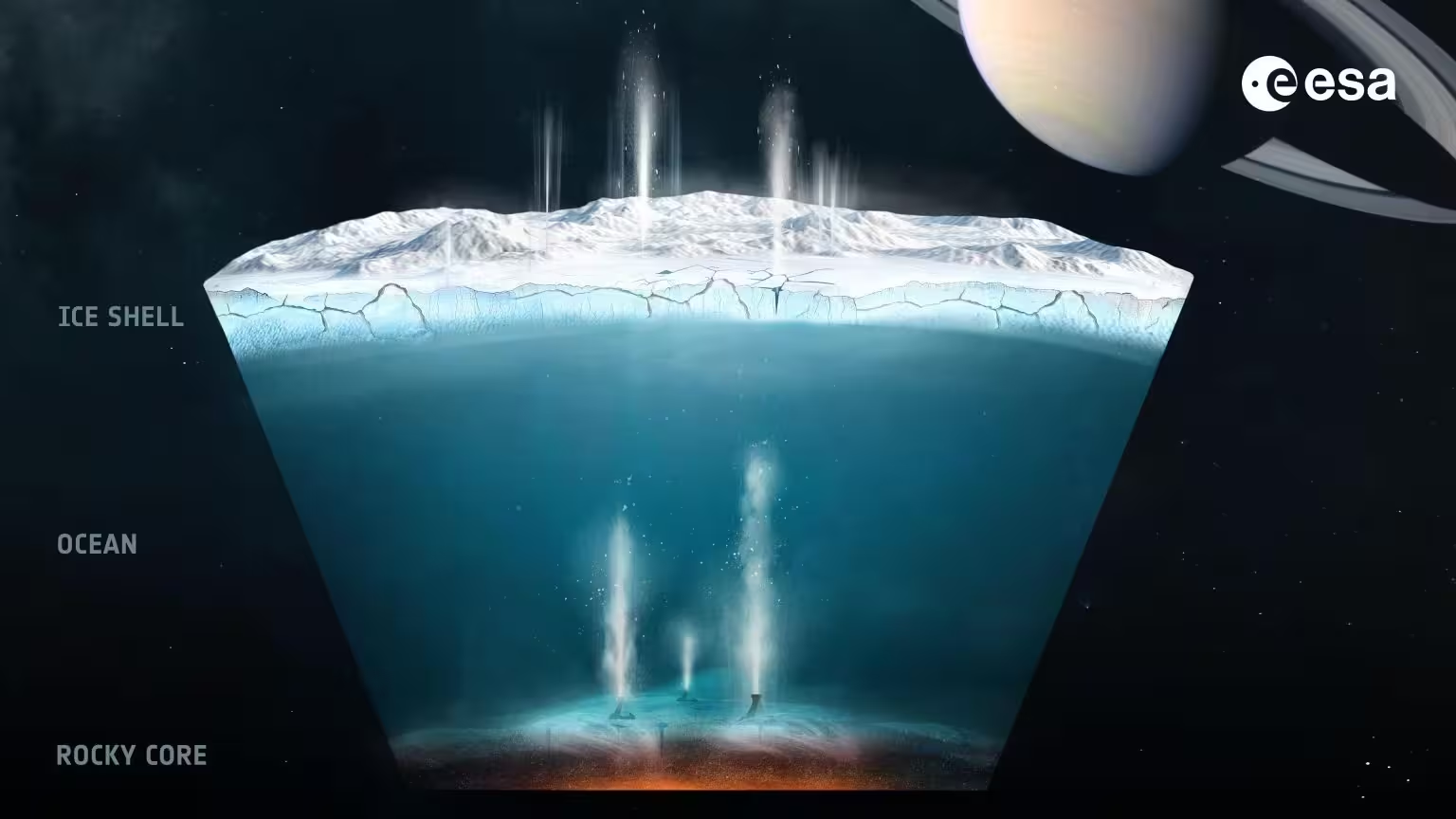
How we think hydrothermal activity works on Enceladus, based on data from the NASA/ESA Cassini-Huygens mission. Credit: ESA
Comparing fresh-plume chemistry with the long-lived E ring inventory will be crucial to map how oceanic processes translate into observable signals in space. A lander or low-altitude sampler could, for example, look for solvent-extracted organics in surface snow, measure isotopic ratios that hint at biological processing, and search for macromolecular or chirality signatures that are difficult to assess remotely.
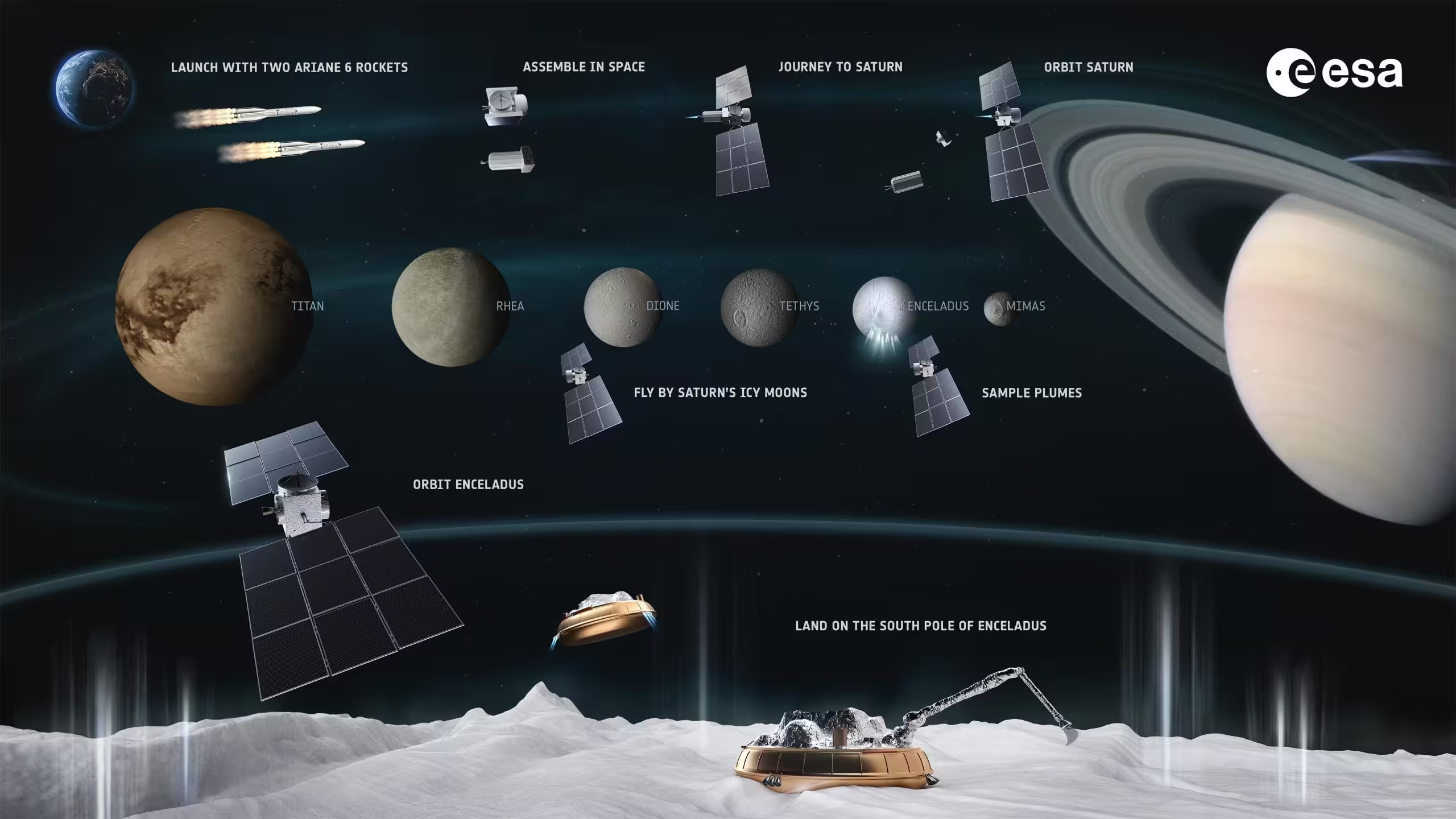
A committee of planetary scientists identified Saturn’s moon Enceladus as the most compelling target for ESA’s next ‘large-class’ space science mission, to follow in the footsteps of Juice, LISA and NewAthena (ESA’s newest large-class missions). Credit: ESA
Expert Insight
'The Cassini archive remains a treasure trove,' says Dr. Lila Martínez, a planetary chemist at the Institute for Space Science. 'Reanalyzing high-speed plume impacts with updated calibrations gives us a clearer window into the ocean’s chemistry. These molecules are not proof of life, but they are exactly the sorts of ingredients you want to see when assessing habitability.' She adds, 'Future missions should focus on high-sensitivity organics detection and contamination control — that combination will tell us whether Enceladus is merely chemically active, or chemically alive.'
What this means for the search for life
Discovering fresh, complex organics in plume ice deepens the scientific case for returning to Enceladus. If future missions confirm progressive prebiotic chemistry or find unambiguous biosignatures, the implications would reshape our understanding of how life can arise in icy ocean worlds. Even a null result would be telling: an inhabited-looking chemical environment without life would force us to rethink assumptions about the conditions and rare steps needed for biology to emerge.
For now, Cassini’s decades-old data continue to yield surprises. As project scientists point out, reusing and reinterpreting legacy mission data with new models and better calibration can be as revealing as sending a new probe. But the next decade holds the promise of moving from remote inferences to direct, focused sampling — and that is when we will start to answer the deepest questions about life beyond Earth.
Source: scitechdaily
Comments
max_x
Feels a bit overhyped, they keep calling Enceladus the top target. Still, yeah send better mass specs and a low-altitude sampler, contamination's the big worry
atomwave
Is this even true? Reanalyzing 2008 plume hits is neat, but impact fragmentation models are tricky, could some signals be instrument artifacts?
astroset
wow didn't expect Enceladus to be cooking up chains like that. If the ocean chemistry's active this is huge... not proof of life yet, but damn exciting

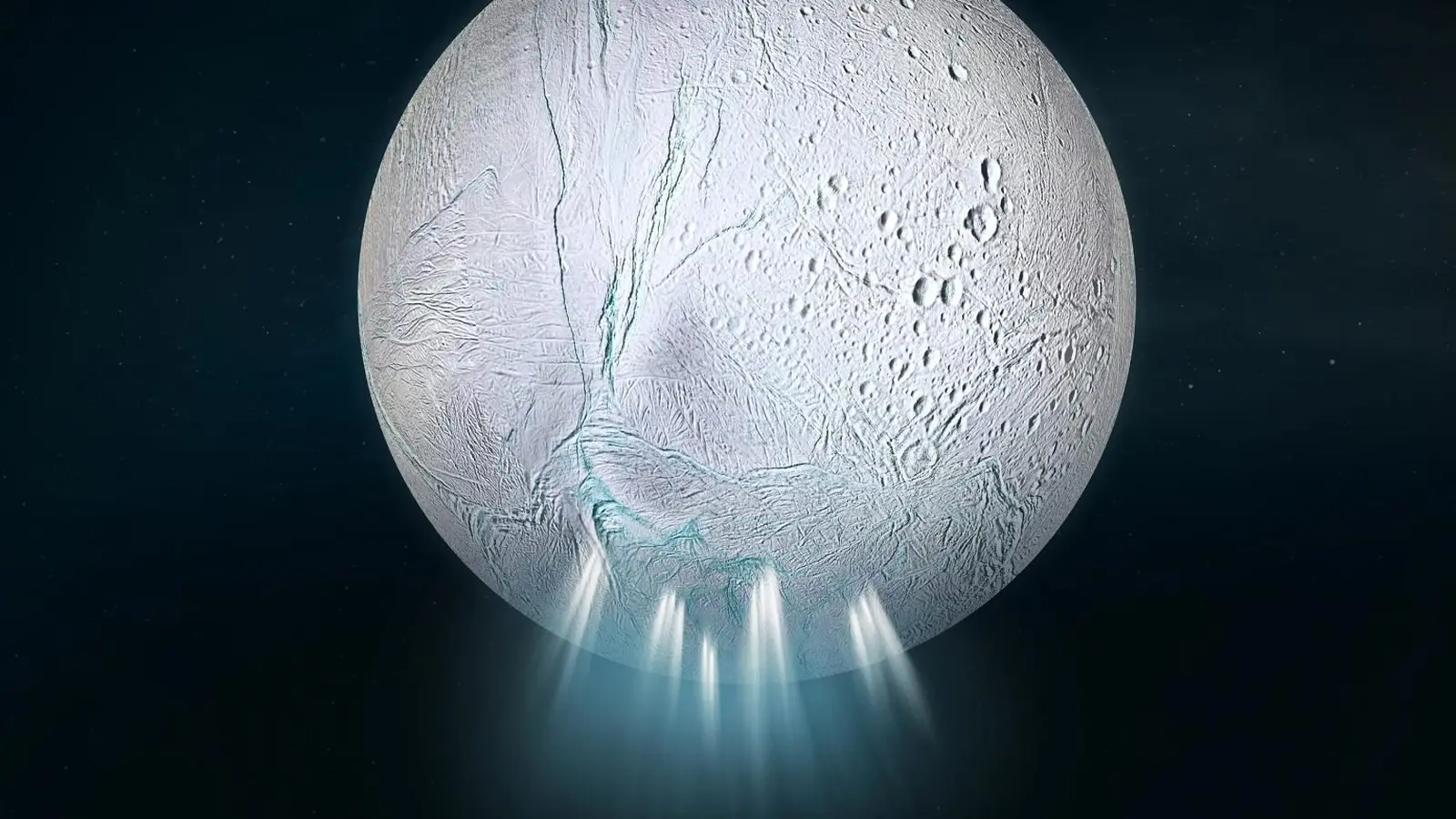
Leave a Comment